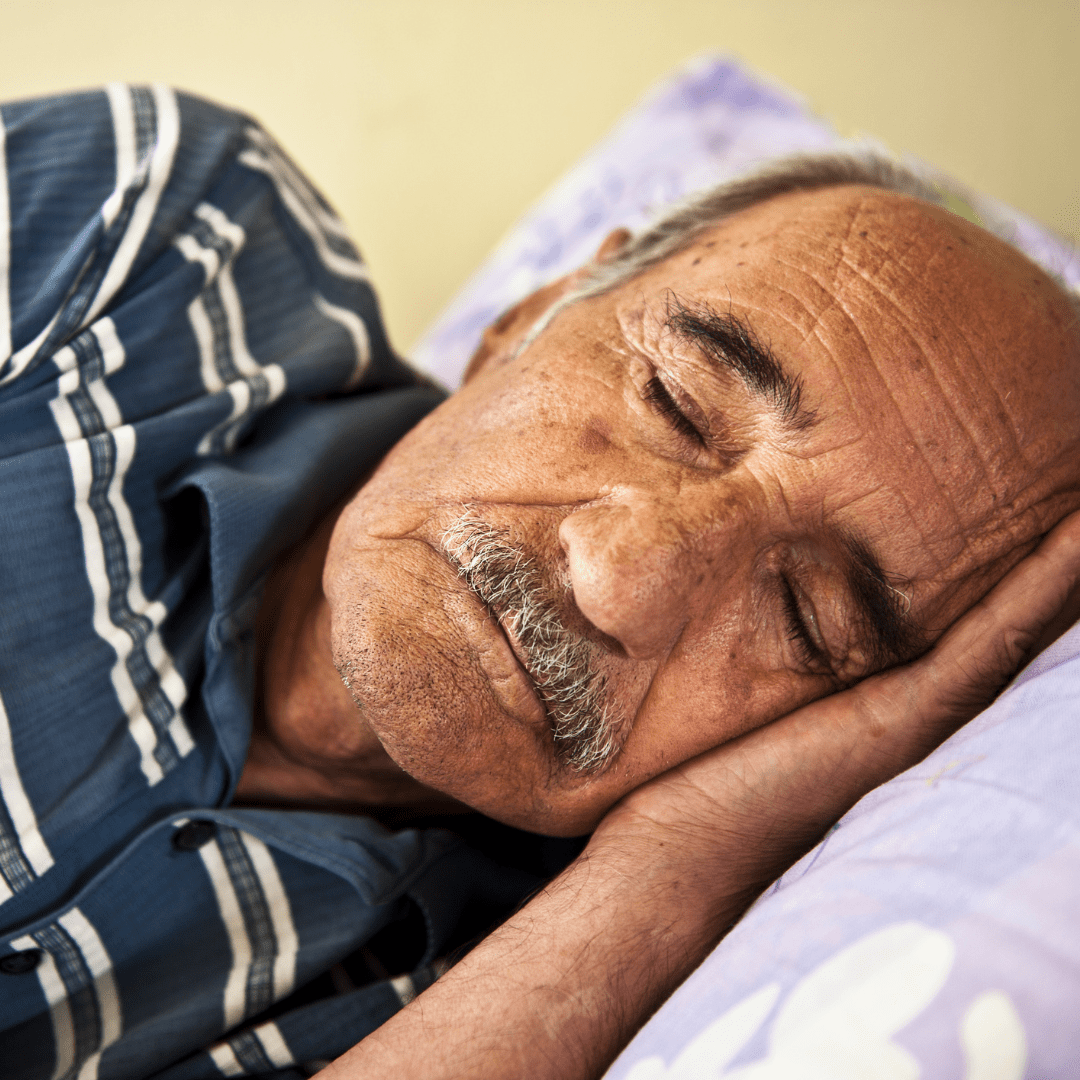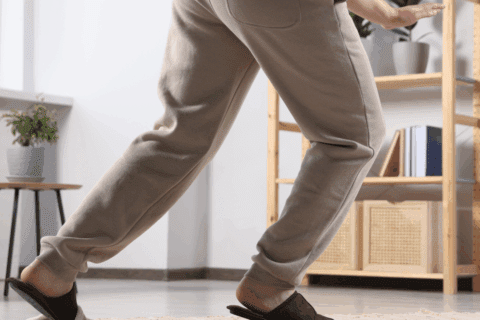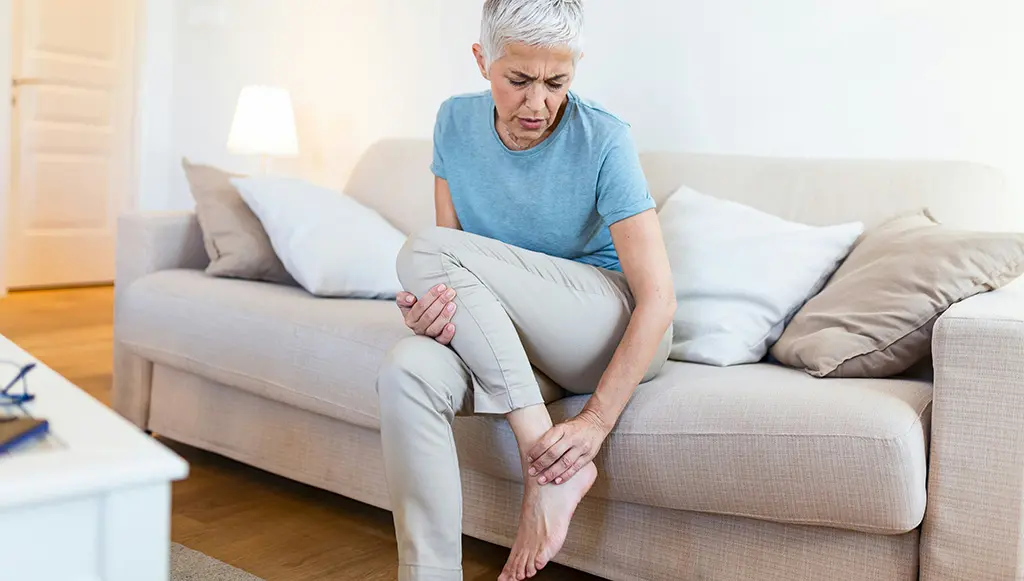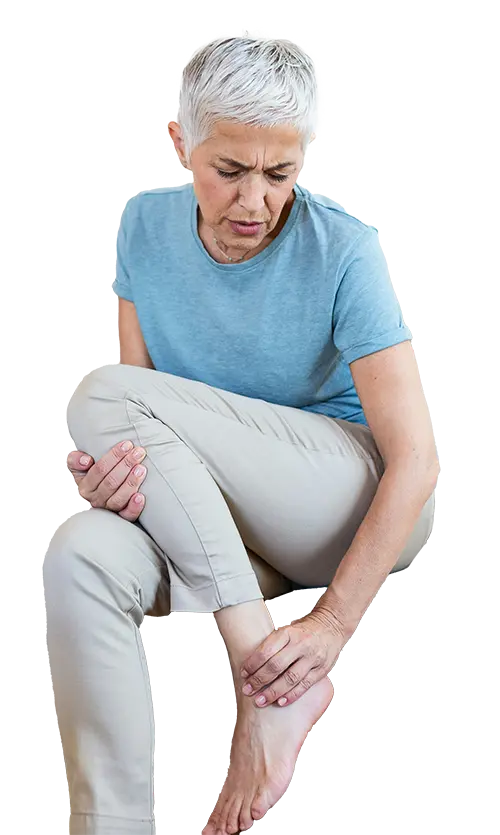 Support better rest and recovery by setting up your bedroom for sleep success
Support better rest and recovery by setting up your bedroom for sleep success
Quality sleep plays a vital role in managing arthritis. It helps reduce inflammation, boosts mood, restores energy, and allows your body time to recover. But for many people with arthritis, pain and stiffness can make restful sleep difficult to achieve. The good news? Creating a supportive sleep environment and adopting simple sleep-friendly habits may make a big difference.
Why Sleep Matters for Arthritis
People with arthritis often experience sleep disturbances caused by joint pain, stiffness, or restless legs. Poor sleep can, in turn, heighten sensitivity to pain and increase fatigue, creating a vicious cycle. Focusing on sleep improvement is an important part of arthritis self-management and overall wellbeing.
Setting Up a Sleep-Friendly Environment
Your bedroom should be a place that promotes relaxation and comfort. These adjustments can help:
1. Supportive Mattress and Pillows
- Choose a medium-firm mattress that supports your spine and joints evenly. Memory foam or latex options may help reduce pressure points.
- Use pillows to support painful joints (e.g. under knees, between legs, or behind the back).
- Adjustable beds can be helpful if you need to elevate your head or legs.
2. Temperature Control
- Keep your room cool (around 18–20°C or 64–68°F) to support deeper sleep.
- Layer bedding so you can adjust based on your comfort. Electric blankets or heated mattress pads may help reduce joint stiffness.
3. Minimise Noise and Light
- Use blackout curtains or an eye mask to reduce light exposure.
- Use earplugs, white noise machines, or calming music to block out disruptive sounds.
4. Safe and Accessible Layout
- Ensure your bed height is easy to get in and out of.
- Keep walking paths clear and add nightlights if you get up during the night.
- Store medications, water, and assistive devices within arm’s reach.
Healthy Sleep Habits for Arthritis
Good sleep hygiene can help you fall asleep faster, stay asleep longer, and wake feeling more refreshed—even with arthritis.
1. Stick to a Routine
Creating consistency in your sleep-wake cycle helps regulate your internal body clock and improves overall sleep quality.
- Set a regular bedtime and wake time, even on weekends, to support natural circadian rhythms. This can help you fall asleep more easily and improve energy levels during the day.
- Create a calming pre-sleep routine that tells your body it’s time to wind down. Try reading a book, taking a warm bath or shower to relax your muscles, or doing 10–15 minutes of gentle stretching or yoga. Avoid screens before bed, as the blue light can disrupt melatonin production (the hormone that helps you sleep).
2. Mind Your Meals and Meds
What you eat and when you take medications can influence your sleep and arthritis symptoms.
- Avoid heavy meals, spicy foods, caffeine, and alcohol in the evening, as these can disrupt digestion and keep you awake. Try to eat dinner at least 2–3 hours before bedtime.
- Time your medications strategically. Some arthritis medications are more effective or better tolerated when taken at certain times. Speak with your GP or pharmacist about adjusting the timing of anti-inflammatory drugs or pain relievers to support more comfortable nights.
3. Try Gentle Stretching
Incorporating gentle movement before bed can release tension and support joint flexibility.
- Engage in light stretches or range-of-motion exercises that focus on your most affected joints—this can reduce stiffness, improve circulation, and prevent discomfort from settling in overnight.
- Consider simple exercises like shoulder rolls, ankle circles, or neck stretches. Avoid intense activity close to bedtime, as this can be stimulating.
4. Manage Night-Time Pain
Keeping pain in check is essential for falling asleep and staying asleep through the night.
- Use heat therapy, such as a warm bath or heating pad before bed, to ease muscle tension and soothe aching joints.
- Keep a nightstand “pain toolkit” that includes over-the-counter medications (as prescribed), joint braces, topical creams, or essential oils. Having everything within reach can help you manage any night-time flare-ups without having to fully wake yourself up.
Support Relaxation and Mental Rest
Pain, anxiety, and racing thoughts often go hand-in-hand. Taking steps to calm your mind can be just as important as soothing your joints.
Relaxation Strategies:
- Breathing techniques: Practice deep, slow breathing (e.g. inhale for 4 counts, exhale for 6) to activate your parasympathetic nervous system—the body’s natural “calm mode.” This slows your heart rate and relaxes the body.
- Mindfulness or meditation: Guided meditations can help you stay grounded in the present, reducing anxiety and emotional distress that can keep you awake. Apps like Smiling Mind, Insight Timer, or Headspace offer free sleep meditations and calming soundscapes.
- Journaling: Writing down your thoughts, worries, or to-do lists before bed can help clear your mind and prevent nighttime overthinking. You can also write something you’re grateful for each day to boost positive emotions.
If you’re consistently feeling low or anxious and it’s affecting your sleep or pain levels, speak with your GP or a mental health provider. Mental health and chronic pain are closely connected, and support is available through Medicare-funded care plans or community services.
Helpful Resources
- Sleep Health Foundation – Tips for Better Sleep
- Arthritis & Sleep Webinar Recording – The Arthritis Movement
- Smiling Mind App – Free Mindfulness Programs
- SleepHub – Sleep Improvement Tools
Improving your sleep with arthritis starts by creating a comfortable, calming environment and building healthy routines that work for you. Even small changes—like supporting sore joints with pillows, dimming lights, or doing gentle stretches—may lead to more restful nights and better days.
Breanna Smith
Health Promotions Coordinator
The Arthritis Movement
August 2025







